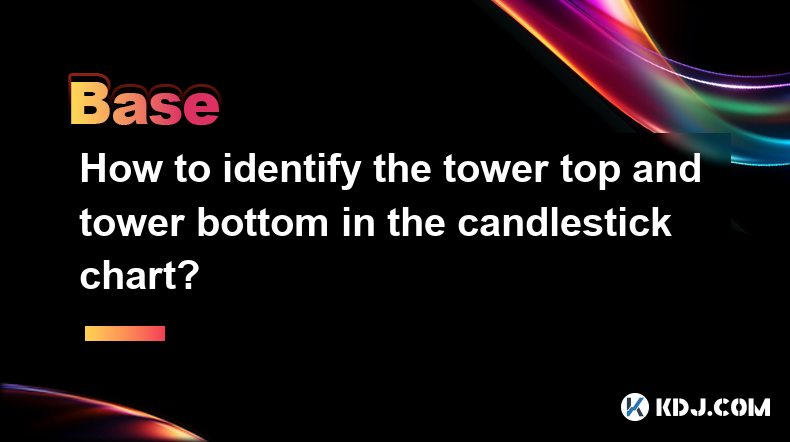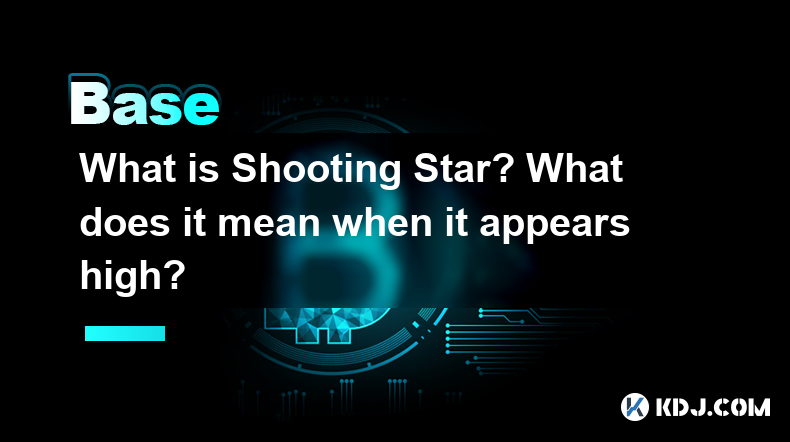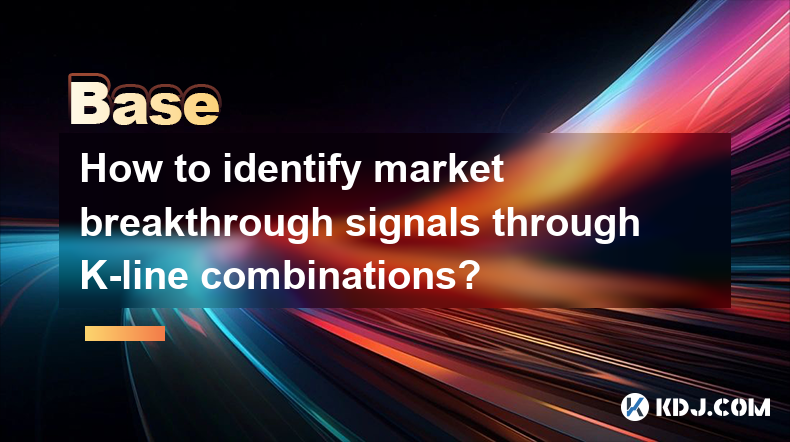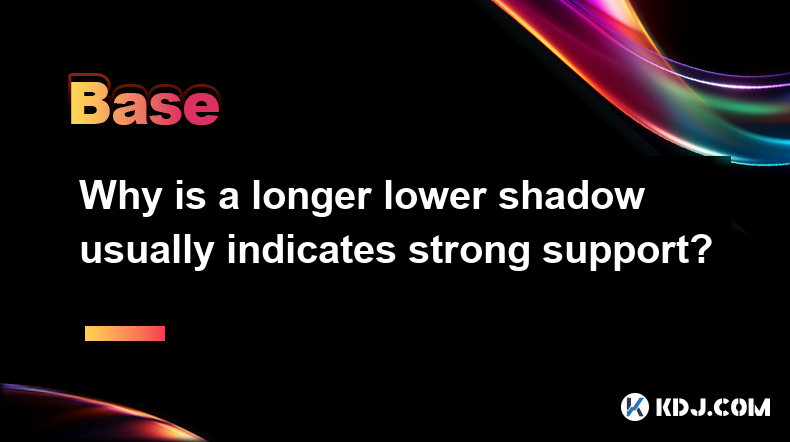-
 Bitcoin
Bitcoin $83,649.7703
-1.06% -
 Ethereum
Ethereum $1,818.4708
-2.72% -
 Tether USDt
Tether USDt $1.0000
0.01% -
 XRP
XRP $2.0495
-3.21% -
 BNB
BNB $597.8591
-1.20% -
 Solana
Solana $118.6021
-5.26% -
 USDC
USDC $1.0000
0.01% -
 Dogecoin
Dogecoin $0.1642
-3.52% -
 Cardano
Cardano $0.6526
-2.99% -
 TRON
TRON $0.2343
-0.56% -
 Toncoin
Toncoin $3.7346
-7.00% -
 UNUS SED LEO
UNUS SED LEO $9.4260
0.63% -
 Chainlink
Chainlink $12.9796
-3.63% -
 Stellar
Stellar $0.2617
-1.79% -
 Avalanche
Avalanche $18.3920
-4.15% -
 Sui
Sui $2.3105
-2.61% -
 Shiba Inu
Shiba Inu $0.0...01222
-0.74% -
 Hedera
Hedera $0.1630
-1.67% -
 Litecoin
Litecoin $83.6143
1.85% -
 Polkadot
Polkadot $4.0068
-2.05% -
 MANTRA
MANTRA $6.3564
2.37% -
 Bitcoin Cash
Bitcoin Cash $306.7380
0.76% -
 Bitget Token
Bitget Token $4.5736
-0.36% -
 Dai
Dai $1.0001
0.01% -
 Ethena USDe
Ethena USDe $0.9998
0.00% -
 Pi
Pi $0.6284
-6.81% -
 Hyperliquid
Hyperliquid $11.9330
-10.11% -
 Monero
Monero $213.7810
-0.49% -
 Uniswap
Uniswap $5.9757
-2.02% -
 Aptos
Aptos $5.2294
-1.01%
What Is Volatility?
Implied volatility (IV), derived from options pricing models, reflects market participants' expectations of future cryptocurrency price swings.
Dec 16, 2024 at 07:38 pm

Key Points:
- Definition of Volatility
- Types of Volatility
- Impact of Volatility on Cryptocurrencies
- Risk Management Techniques
What Is Volatility?
Volatility, in the financial context, refers to the statistical measure of the dispersion of prices in a given security or market over a period of time. It quantifies the magnitude of fluctuations in an asset's value, reflecting its susceptibility to rapid price swings.
Types of Volatility
- Historical Volatility (HV): Measured using standard deviation, HV gauges the past fluctuations of an asset based on its historical price data. It provides an estimate of average volatility over a specific timeframe.
- Implied Volatility (IV): Calculated through options pricing models, IV represents market participants' expectations of future volatility. It reflects their perceived risk and uncertainty associated with the underlying asset.
- Realized Volatility (RV): The actual volatility experienced during a specified period, RV incorporates all price movements and deviations, providing a direct measure of recent market conditions.
Impact of Volatility on Cryptocurrencies
Cryptocurrencies are inherently volatile due to factors such as low liquidity, technological advancements, and speculative trading. Volatility can impact cryptocurrencies in the following ways:
- Market Dynamics: Volatility can trigger large price swings, leading to significant gains or losses for investors.
- Investment Risk: Volatility heightens investment risk, requiring investors to exercise caution when allocating funds into cryptocurrencies.
- Trading Opportunities: Seasoned traders may capitalize on volatility by employing strategies such as scalping, day trading, or position trading.
- Consumer Confidence: High volatility may erode consumer confidence in cryptocurrencies, hindering widespread adoption.
Risk Management Techniques
To mitigate the risks associated with volatility, investors should consider the following risk management techniques:
- Diversification: Distributing investments across different cryptocurrencies or asset classes can reduce overall portfolio volatility.
- Hedging: Using derivatives or other instruments to offset the risk of sudden price fluctuations can help protect against losses.
- Dollar-Cost Averaging: Investing fixed amounts at regular intervals, regardless of price movements, helps reduce the impact of timing the market.
- Understanding Value: Assessing the underlying value of a cryptocurrency can help investors make informed decisions and avoid speculative investments susceptible to high volatility.
FAQs
- What causes volatility in cryptocurrencies?
Several factors contribute to volatility in cryptocurrencies, including low liquidity, technological advancements, regulatory uncertainty, news events, and speculative trading.
- How can I measure volatility?
Historical volatility (HV), implied volatility (IV), and realized volatility (RV) are common metrics used to measure volatility. HV is calculated using standard deviation, IV is derived from options pricing models, and RV represents actual price fluctuations over a specific period.
- Is volatility always bad for cryptocurrencies?
Not necessarily. Volatility can create trading opportunities for experienced traders and can stimulate market activity. However, it can also pose risks for long-term investors and hinder mass adoption.
- How can I manage the risk of volatility?
Diversification, hedging, dollar-cost averaging, and understanding the underlying value of cryptocurrencies are effective risk management techniques that can help mitigate the risks associated with volatility.
Disclaimer:info@kdj.com
The information provided is not trading advice. kdj.com does not assume any responsibility for any investments made based on the information provided in this article. Cryptocurrencies are highly volatile and it is highly recommended that you invest with caution after thorough research!
If you believe that the content used on this website infringes your copyright, please contact us immediately (info@kdj.com) and we will delete it promptly.
- Ernst & Young (EY) Unveils Nightfall_4, a Zero-Knowledge (ZK) Rollup Architecture
- 2025-04-03 16:45:13
- Investing in racehorses has traditionally been the preserve of the super wealthy and elite
- 2025-04-03 16:45:13
- Bitcoin price struggles on its daily charts as crypto market liquidations cross $500M.
- 2025-04-03 16:40:12
- TRON Founder Justin Sun Accuses First Digital Trust (FDT) of Insolvency
- 2025-04-03 16:40:12
- Coin Master Free Spins Links April 3, 2025
- 2025-04-03 16:35:13
- Ripple Integrates Its Newly Released Stablecoin RLUSD into Its Flagship Payments Solution
- 2025-04-03 16:35:13
Related knowledge

Why can the inverted hammer shape appear at the bottom be used as a reversal signal?
Apr 03,2025 at 04:07pm
Inverted Hammer is a common K-line pattern in technical analysis, and is often regarded as a potential reversal signal when it appears at the bottom. This article will explore in detail why an inverted hammer line may be a reversal signal when it appears at the bottom, and provide specific identification and application methods. Basic characteristics of...

How to identify the tower top and tower bottom in the candlestick chart?
Apr 03,2025 at 04:03pm
In K-line chart analysis, 'Tower Top' and 'Tower Bottom' are two important reversal patterns and are usually used to predict changes in price trends. Identifying these patterns requires careful observation of the price trend and the pattern characteristics of the K-line. Below we will introduce in detail how to identify the 'tower to...

What is Shooting Star? What does it mean when it appears high?
Apr 03,2025 at 03:56pm
In cryptocurrency trading, technical analysis is an important tool to help traders predict future trends of the market. Among them, Shooting Star is a common bearish reversal pattern. This article will give you more details on what 'Shooting Star' is and what it means when it appears at a high level. The definition of 'Shooting Star'Shoo...

What is the difference between dark cloud cover and piercing shape?
Apr 03,2025 at 03:50pm
In the world of cryptocurrency trading, technical analysis is one of the important tools traders use to predict market trends and make trading decisions. Among them, 'Dark Cloud Cover' and 'Piercing Pattern' are two common reversal patterns, which have specific appearance and meaning on the K-line chart. Although they seem similar, there...

How to identify market breakthrough signals through K-line combinations?
Apr 03,2025 at 03:46pm
In cryptocurrency markets, identifying breakthrough signals is crucial for traders. K-line chart is a commonly used technical analysis tool. By analyzing K-line combinations, traders can more accurately identify the market's breakthrough signals. This article will introduce in detail how to identify the breakthrough signals of the market through the...

Why is a longer lower shadow usually indicates strong support?
Apr 03,2025 at 03:43pm
The long lower shadow is an important form in technical analysis and is often used by investors to judge the strength of the market's support. The long lower shadow refers to the fact that the lower shadow of a certain K-line is significantly longer than the solid part and the upper shadow in the K-line chart. This pattern usually means that at a ce...

Why can the inverted hammer shape appear at the bottom be used as a reversal signal?
Apr 03,2025 at 04:07pm
Inverted Hammer is a common K-line pattern in technical analysis, and is often regarded as a potential reversal signal when it appears at the bottom. This article will explore in detail why an inverted hammer line may be a reversal signal when it appears at the bottom, and provide specific identification and application methods. Basic characteristics of...

How to identify the tower top and tower bottom in the candlestick chart?
Apr 03,2025 at 04:03pm
In K-line chart analysis, 'Tower Top' and 'Tower Bottom' are two important reversal patterns and are usually used to predict changes in price trends. Identifying these patterns requires careful observation of the price trend and the pattern characteristics of the K-line. Below we will introduce in detail how to identify the 'tower to...

What is Shooting Star? What does it mean when it appears high?
Apr 03,2025 at 03:56pm
In cryptocurrency trading, technical analysis is an important tool to help traders predict future trends of the market. Among them, Shooting Star is a common bearish reversal pattern. This article will give you more details on what 'Shooting Star' is and what it means when it appears at a high level. The definition of 'Shooting Star'Shoo...

What is the difference between dark cloud cover and piercing shape?
Apr 03,2025 at 03:50pm
In the world of cryptocurrency trading, technical analysis is one of the important tools traders use to predict market trends and make trading decisions. Among them, 'Dark Cloud Cover' and 'Piercing Pattern' are two common reversal patterns, which have specific appearance and meaning on the K-line chart. Although they seem similar, there...

How to identify market breakthrough signals through K-line combinations?
Apr 03,2025 at 03:46pm
In cryptocurrency markets, identifying breakthrough signals is crucial for traders. K-line chart is a commonly used technical analysis tool. By analyzing K-line combinations, traders can more accurately identify the market's breakthrough signals. This article will introduce in detail how to identify the breakthrough signals of the market through the...

Why is a longer lower shadow usually indicates strong support?
Apr 03,2025 at 03:43pm
The long lower shadow is an important form in technical analysis and is often used by investors to judge the strength of the market's support. The long lower shadow refers to the fact that the lower shadow of a certain K-line is significantly longer than the solid part and the upper shadow in the K-line chart. This pattern usually means that at a ce...
See all articles























































































